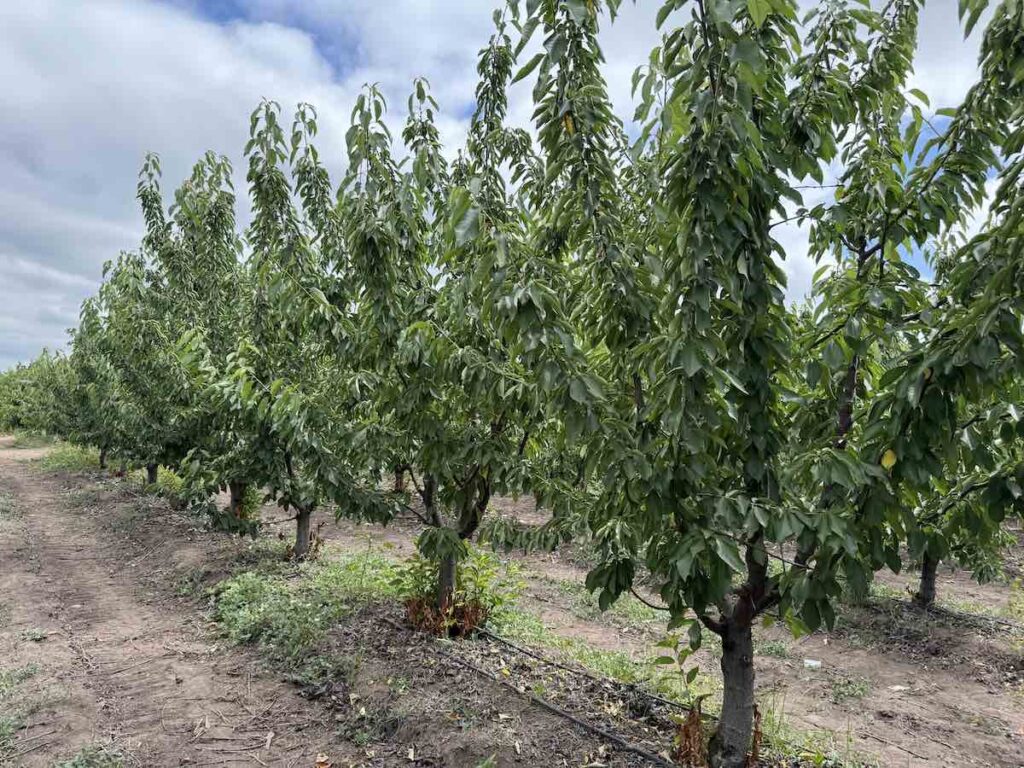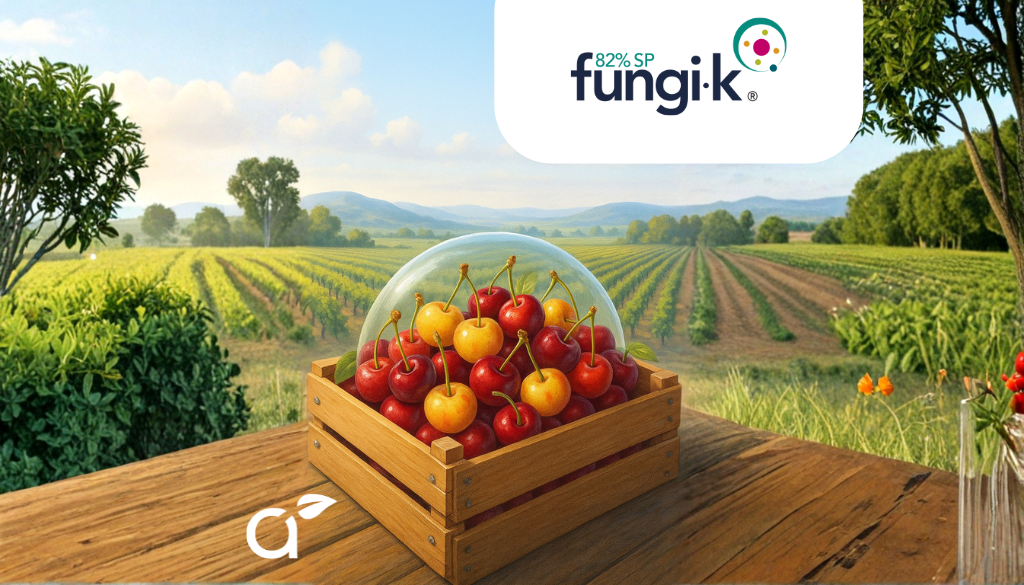Indeed, the Freightos Baltic Index (FBX) – the main international indicator of freight rates – shows a decline of 82% to US$ 1,991 as of February 17, compared to its highest level this cycle.
But despite this drop, the price has still not reached pre-Covid levels, which were around US$ 1,400. The pandemic caused a series of factors that contributed to the rise in the cost of maritime transport, such as port closures, changes in suppliers and increased fuel and labour costs. Currently, there is still concern about the freight overcharges that are still being charged, for example, on containerised fruit exports to China.
According to FBX, ocean freight rates peaked in September 2021, when they rose to around US$$11 thousand on average worldwide. Since then, the decline exceeds US$80%.
The Freightos Baltic index considers short-term spot rates and corresponding surcharges between carriers, intermediate freighters and high-volume shippers. Values are calculated by taking the median of all prices weighted by carrier.
In addition to the FBX, there are other indices that measure the average cost of freight, but all of them generally consider the service offering, the values of fuel, labor and logistics operations, as well as geolocation, a set that ultimately causes the final price of freight to rise or fall.
Regarding the decline that has been consolidated in recent months, the Chilean Logistics Association (Alog) - an entity that brings together logistics operators, freight forwarders (freight forwarders) and suppliers for logistics at a national level - ratify it.
As an example, Cynthia Perišić, general manager of Alog, says that on the China to South America route in 2019 the value per shipment of a TEU (20-foot container) was between US$$1,800 and US$$2,000. “In December 2020, they already rose to around US$$6,500 or US$$7,000, but in December 2021, they reached more than US$$17,000,” This was triggered by the pandemic, with health restrictions, port closures and changes in suppliers, among others.
The executive notes that in mid-2022, the adverse logistical conditions arising from the pandemic began to recede, with the result that the limitations that existed in the capacity of ships and ports decreased significantly. “Obviously the offer grew, the times began to shorten and that led to a decrease in maritime freight rates”, says Perišić.
As to why such high prices were reached during the pandemic, Perišić explains that, among other reasons, Asian ports – where 80% of Alog partners provide cargo services – were closed or partially operational. Also, in the case of Chile, because a large number of ships that were destined for our country had to be diverted to other routes, paying a higher cost.
Exports
Various exporters and importers also claim that there has been a drop in costs, and some of them predict that they will soon return to pre-pandemic levels. They argue that various factors, such as the price of the dollar or the situation of the war between Russia and Ukraine, will ultimately determine the return to normality.
Jorge Valenzuela, president of Fedefruta, explains that for some years now, cherry exports have been sent directly to China on a ship - the cherry express - but for this to depart for its destination it must have the maximum container capacity, which creates high pressure for shipping.
For the current season (October 2022 to May 2023), says the union leader, shipping companies have increased rates. “One of the reasons they gave was that the containers were stopped at the ports due to the pandemic, so they could not be unloaded. So, there was a delay longer than the normal movement of containers - something that happened to everyone - they were late in moving containers and as a result the ships could not be filled.”
The above, he says, caused container prices to rise by between US$30% and US$40% at the start of the cherry shipping season. The normal price per container is between US$$8,000 and US$$8,500 from Chile to China, he details, and at that time it cost between US$$13,000 and US$$14,000, but "As the season began to flow, and it did so quite well, there was indeed a rise in cost between 60% and 70% for cherries, but the last third tended to decline."
Regarding whether this latest drop in freight costs is reflected in the final prices of cherries, Valenzuela says that this is what the industry expects, since cherries are sold in May.
The union leader predicts that freight costs will normalize as the flow of containers returns to normal.
Meanwhile, from the salmon sector, Loreto Seguel, executive director of the Salmon Council, points out that after a cycle of high prices for important inputs for the development of salmon farming due to the pandemic, theSalmon producing companies in Chile are projecting a drop in maritime freight prices and that this will be transferred to the frozen product containers towards the second half of this year.
However, he adds that “Key inputs in the production structure, such as fish feed and oil, remain high and there are no signs of a decline yet. Therefore, we are closely monitoring the behavior of the different prices.”








